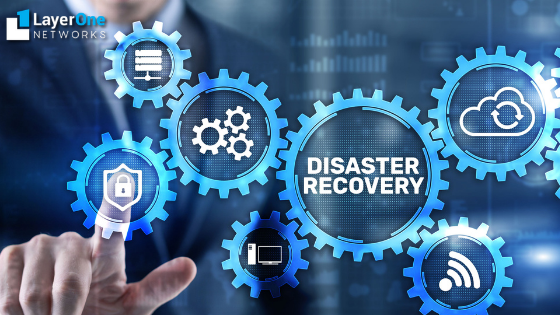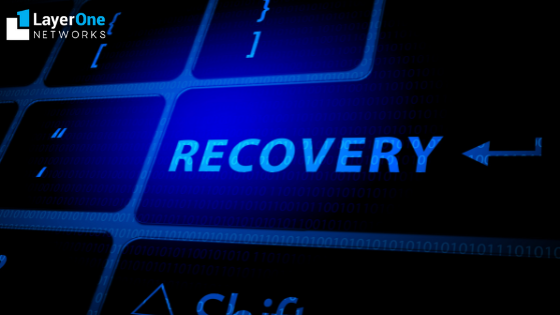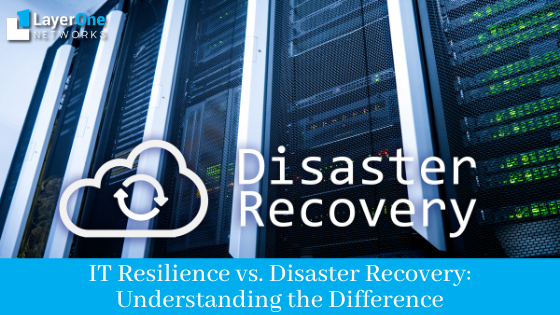If you’re like most leaders, you probably spend a lot of time thinking about disaster recovery and how to avoid it. After all, it’s the stuff of nightmares – a natural disaster or man-made catastrophe that knocks out your IT infrastructure, leaving your business in the lurch.
Disaster Recovery (DR) and IT Resilience are two different approaches to the same goal: keeping your organization running in the event of a disaster. While DR is more focused on recovering from a disaster, IT Resilience is about being prepared for one.
In this blog, we’ll look at each option and when you will need one over the other.
What is Disaster Recovery?

Disaster recovery is restoring computing systems and data to a functional state after a disaster such as fire, flood, or theft. Disaster recovery can also include business continuity planning and testing, ensuring that an organization can continue operations despite an outage.
The organization can recover from a disaster. Disaster recovery plans are designed to help organizations return to normal operations after a disaster. Organizations that have deployed cloud computing solutions may also refer to their DR plan as a BC/DR plan (business continuity/disaster recovery).
What is IT Resilience?
IT resilience is about ensuring that the IT infrastructure can withstand any kind of disruption and still be able to perform its mission-critical tasks. A resilient IT infrastructure can continue to operate in the event of any type of failure, whether it’s technical or natural.
IT resilience is an organization’s ability to maintain operations despite disruptions in the availability of IT services. This means continuing to provide basic services even when there are issues with one or more parts of the IT infrastructure.
This could include having redundant components or systems in place so that when one component fails, another can take over seamlessly, having backups ready so that users can continue working if there is a disruption, or using load balancing techniques so that multiple servers work together as if they were one server.
What’s the Difference Between IT Resilience and Disaster Recovery?

Disaster Recovery is a Process That Activates After a Disaster has Occurred
The term “resilience” refers to the ability of an IT service (or application) to maintain its level of service in the face of an outage. This differs from disaster recovery — which is focused on restoring normal operations after a catastrophic event. In other words, resilience is about keeping things running as usual, while disaster recovery services focus on restoring normal operations after something goes wrong.
Disaster recovery is an emergency response plan for when your business experiences an unexpected catastrophe or disruption that could harm operations, such as an earthquake, flood, or hack. It’s different from IT resilience because it happens after a disaster has already occurred — not before.
IT Resilience is Preventative; Disaster Recovery is Reactive
IT resilience focuses on preventing problems before they happen. Disaster recovery focuses on reacting to problems after they occur.
IT resilience is about preventing disasters from occurring in the first place by making plans to protect against them before they occur. With IT resilience, you’re taking steps to avoid problems before they happen, so there are fewer issues when they do occur. For example, if there’s a potential risk of a data leak or a software virus getting embedded, you can install appropriate antivirus systems and conduct regular scans to prevent such an incident.
Disaster Recovery Helps Recover from Incidents
IT resilience helps your organization stay in control during an emergency by maintaining access to data, applications, and users even when disaster strikes. Disaster recovery helps ensure that you can recover quickly enough so that users can be back up and running as soon as possible after a disaster strikes.
On the other hand, IT resilience gives your organization the knowledge and tools to respond quickly if something goes wrong. And an IT consulting service can help you create a strategy to implement IT resilience by taking into account your previous incidents.
When Do You Need Disaster Recovery?
There are different types of events that trigger the need for recovery.
A disaster may be a flood, hurricane, earthquake, or any other major event that damages critical infrastructure that affects your business continuity. A disruption could be something like a power outage, server failure, or even an attack on your systems. In most cases, you’ll have time to prepare for these types of events, but in some cases, they can take place without warning.
For example, if your data center suffers minor damage during a power outage but remains operational for most functions (e.g., email, file sharing), this would be considered an interruption rather than a full-blown incident requiring IT.
This is when you need disaster recovery services.
When Do You Need IT Resilience?
Achieving IT resilience requires systems, services, and processes that work together to protect your data and ensure availability. Let’s take a look at three common scenarios where you’ll need an IT resilience strategy and backup as a service:
- You’re running a 24/7 operation where uptime is critical
- You have key employees who work remotely from home or other offices, but they still need access to all their data and applications via VPNs or even the internet itself.
- Your company’s cybersecurity model requires high-availability systems.
Do You Need Disaster Recovery Services or IT Resilience?
What many people don’t realize is that there are two distinct types of business continuity planning: disaster recovery and IT resilience. And while disaster recovery is essential for any organization with mission-critical systems, IT resilience can be just as important — especially if you want to survive in today’s competitive landscape.
Want to know more about how both of these can work well for your organization? Reach out to our IT consulting firm to discuss your recovery and resilience plans.

